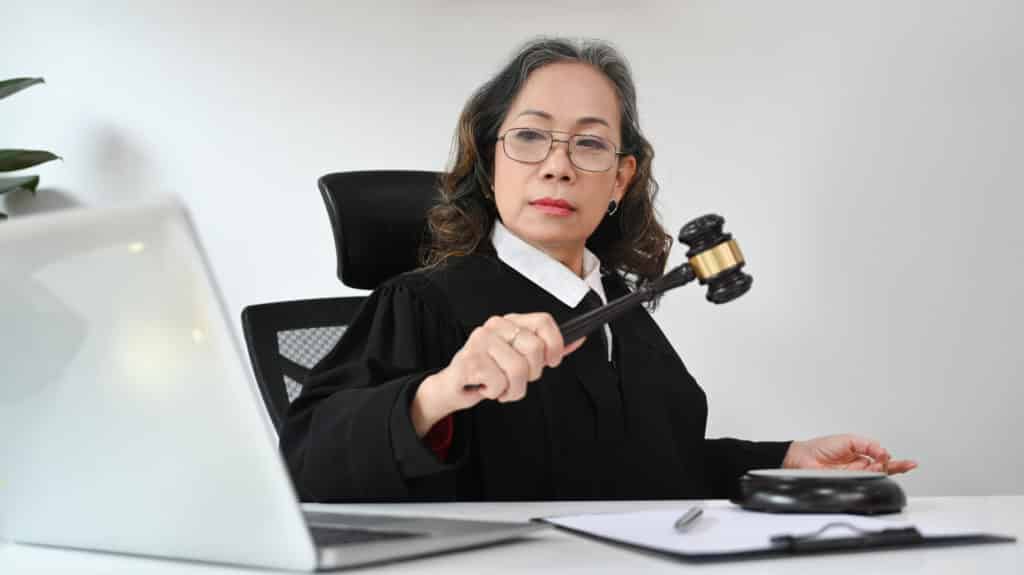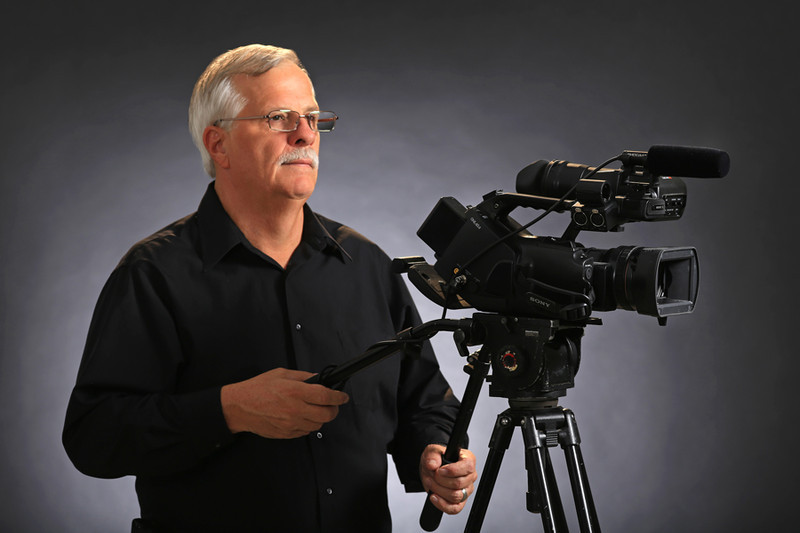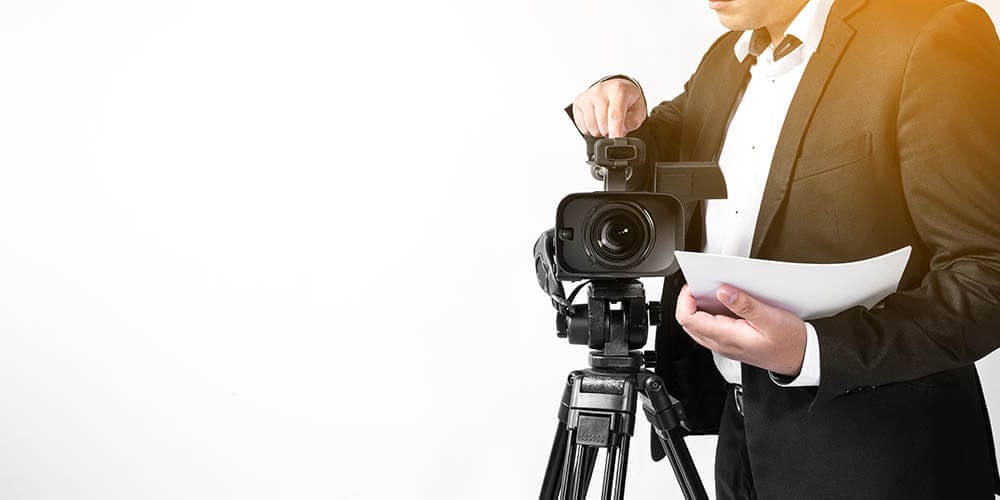Looking Into the Mechanisms of Lawful Videography: Unveiling Its Operation in Safeguarding Genuine Visual Statement for Judicial Procedures
In the realm of judicial proceedings, the role of legal videography stands as a keystone in protecting and providing visual evidence. As technology remains to advance, the mechanisms behind lawful videography have actually come to be progressively complex, providing a critical layer of credibility to testaments caught on video. By delving into the functional complexities of legal videography, one can discover the thorough processes that protect the integrity of aesthetic evidence offered in court rooms - Legal Videography. This expedition not just clarifies the historical evolution of lawful videography however also means the future patterns that might additionally reinvent exactly how visual testimonies are supported in the realm of justice.
Historical Development of Lawful Videography
Analyzing the historic progression of lawful videography discloses a considerable makeover in the recording and presentation of aesthetic proof within the legal landscape. In the past, legal process heavily depended on composed records and photographs to document events and provide proof. With the introduction of video clip modern technology, the legal industry saw a standard change in just how aesthetic testimony was caught and provided.
The evolution of legal videography can be traced back to the late 20th century when developments in video clip recording equipment made it more available for usage in court rooms. This technical innovation not only improved the precision and dependability of visual evidence however likewise reinvented the means situations existed to courts and courts (Legal Videography). Lawyers started to identify the convincing power of video recordings in communicating feelings, nuances, and non-verbal cues that written pictures or transcripts alone could not capture effectively

Technology Advancements in Video Paperwork
What vital technological advancements have transformed video clip documents in the lawful area? The lawful area has actually seen considerable improvements in video paperwork modern technology that have actually enhanced the credibility and dependability of visual evidence in judicial proceedings. One of the essential developments is high-definition (HD) video clip recording capabilities, which supply crystal-clear pictures and sharp details that are crucial for properly capturing testimonies, faces, and various other visual hints. Furthermore, the combination of timestamping and metadata features in video clip paperwork tools has enabled specific paperwork of when and where the video was videotaped, ensuring the integrity of the proof presented in court.
Moreover, innovations in video security and watermarking technologies have boosted the safety and security and tamper-proof nature of video clip evidence, securing it against unapproved alterations or meddling. In addition, the introduction of cloud storage options and remote access abilities has structured the storage space, retrieval, and sharing of video clip proof, promoting seamless collaboration among lawyers and guaranteeing efficient access to essential visual statements when required. These technical improvements in video clip documentation have undoubtedly transformed the legal field, improving the precision, credibility, and admissibility of visual evidence in judicial process.
Function of Legal Videographers in Court Settings
The development of video paperwork technology in the lawful field has necessitated a critical role for legal videographers in court room setups, making certain the stability and dependability of visual testimonies presented throughout judicial process. Legal videographers play a basic function in recording and protecting accurate aesthetic evidence that can be crucial in lawsuit. Their obligation encompasses setting up equipment, videotaping procedures, and producing high-quality video clips that precisely reflect the occasions in the courtroom.
Additionally, legal videographers usually function closely with lawful teams to guarantee that the video clip proof lines up with the case's needs and can be properly presented in court to support the legal disagreements being made. On the whole, the duty of legal videographers in court settings is crucial in upholding the read concepts of justice and guaranteeing the openness of lawful proceedings. Legal Videography.

Ensuring Admissibility and Honesty of Video Proof
To preserve the reliability of aesthetic proof presented in legal process, ensuring the admissibility and honesty of video evidence is an essential obligation for lawful videographers. Admissibility refers to the acceptance of evidence by the court, and for video clip proof to be acceptable, it has to meet certain requirements. Legal videographers play my link a crucial function in making sure that the video clips they record comply with the policies of evidence, such as credibility, reliability, and relevance.
Integrity of video clip proof includes preserving the originality and accuracy of the video from the moment it is taped up until it is provided in court. This consists of firmly saving the video clip data, recording the chain of custodianship, and protecting against any kind of meddling or modifications. Legal videographers need to abide by stringent procedures to guarantee the integrity of the video clip evidence and protect against any kind of difficulties to its authenticity.
Future Trends in Legal Videography
Given the boosting reliance on technology in lawful process, legal videographers are positioned to welcome ingenious developments shaping the future of visual testimony capture and discussion. One of the prominent trends on the horizon is the assimilation of online reality (VIRTUAL REALITY) and boosted fact (AR) modern technologies into lawful videography. These innovations have the potential to transform exactly how visual other proof is provided in courtrooms, enabling courts and judges to immerse themselves in the scene of the criminal offense or event.
In addition, the usage of expert system (AI) algorithms for video evaluation is expected to enhance the process of reviewing and analyzing huge amounts of video footage. AI can help in identifying crucial moments, abnormalities, and patterns within videos, improving the performance of lawful investigations.

Conclusion
To conclude, legal videography has played an important duty in supplying authentic visual proof for judicial procedures. Via technological innovations and the competence of legal videographers, the honesty and admissibility of video proof are guaranteed in court room settings. As lawful videography remains to advance, it will be vital to support criteria that maintain the precision and reliability of visual testament for the future of legal process.
Taking a look at the historic progression of legal videography discloses a significant change in the capturing and presentation of visual proof within the lawful landscape.The evolution of video documents technology in the legal field has actually demanded a crucial duty for lawful videographers in courtroom settings, making sure the integrity and reliability of visual statements provided throughout judicial procedures. Furthermore, lawful videographers usually function closely with legal groups to make certain that the video clip proof straightens with the instance's needs and can be effectively provided in court to sustain the legal debates being made.To preserve the trustworthiness of visual evidence presented in legal procedures, making sure the admissibility and stability of video evidence is a vital responsibility for legal videographers. As legal videography continues to evolve, it will be necessary to promote criteria that preserve the accuracy and reliability of visual testimony for the future of lawful process.